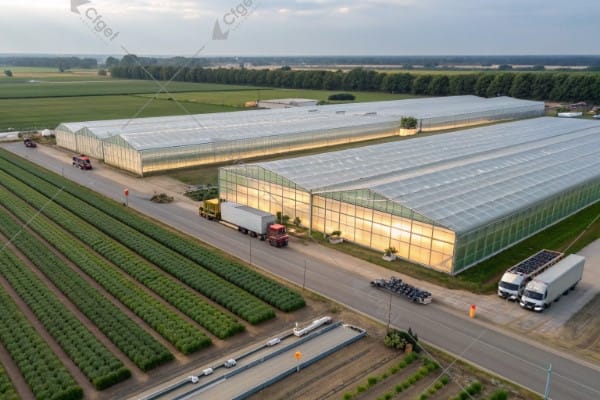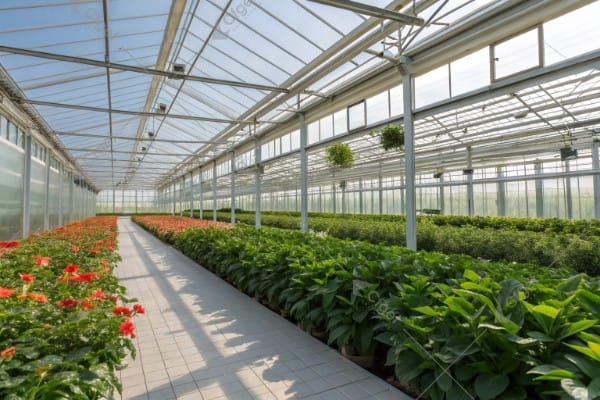Inefficient irrigation wastes water, increases costs, and reduces crop yields. Many commercial growers struggle to select the right system for their greenhouse operations.
The six efficient water-saving technologies include drip irrigation, subsurface drip, conventional micro-sprinklers, micro-sprinkler tapes, mobile sprinklers, and fixed sprinklers, each optimized for different crops and growing conditions to maximize yields while conserving resources.
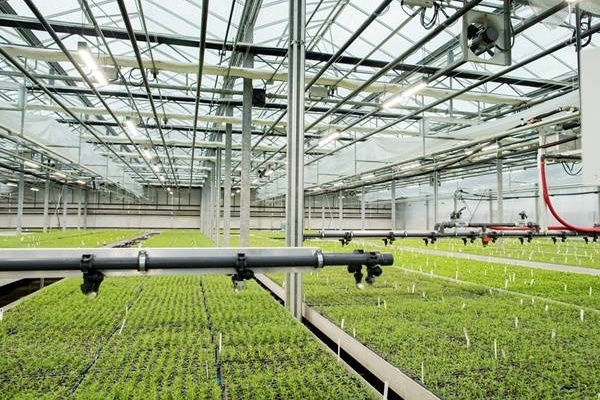
Over my 29 years building greenhouse systems, I’ve seen irrigation technology transform from basic overhead watering to precise, automated systems. The right choice can increase yields by 30% while cutting water use in half. Let me guide you through these essential technologies based on real-world applications I’ve implemented for clients worldwide.
Don’t Miss:——Commercial Greenhouse Materials Showdown: Polycarbonate vs Glass – Which Covering Will Maximize Your 2025 ROI?
You might like:——What is a Smart Greenhouse? The Ultimate Guide to Automated Growing
What Are Drip Irrigation Systems: Principles, Advantages, Limitations, and Suitable Crops?
Water waste from traditional irrigation methods hurts your bottom line and crop health. Drip systems promise precise delivery, but understanding their mechanics is key to successful implementation.
Drip irrigation delivers water directly to plant roots through emitters, saving 30-50% water compared to overhead methods, with advantages in fertilizer efficiency but limitations in initial setup costs and clogging risks.
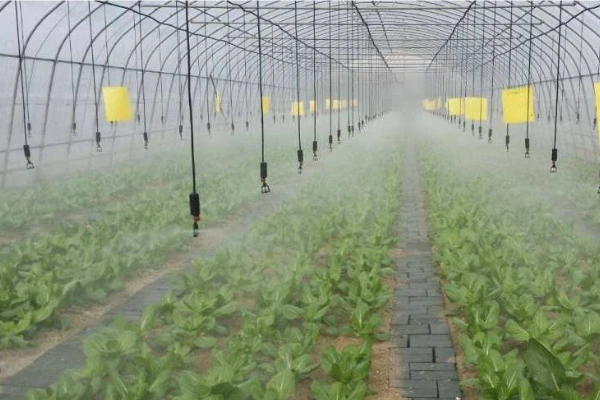
Drip irrigation represents one of the most transformative technologies I’ve worked with in greenhouse operations. The basic principle involves delivering water and nutrients directly to the plant’s root zone through a network of tubes and emitters. This targeted approach minimizes evaporation and runoff, making it ideal for water-scarce regions.
The system works by maintaining low pressure throughout the distribution network, allowing emitters to release water at controlled rates. Emitters can be pressure-compensating, which ensures uniform delivery even on uneven terrain. In my early days, I installed non-compensating systems that worked well on flat ground but failed in sloped greenhouses. Now, I always recommend pressure-compensating emitters for consistent performance.
Advantages extend beyond water savings. The ability to integrate fertigation – mixing fertilizers directly into the irrigation water – allows precise nutrient delivery. This can increase crop yields by 20-40% while reducing fertilizer use by 25%. I remember a tomato grower in Central Asia who switched to drip irrigation and saw their production double in the first season because nutrients reached the roots more effectively.
Limitations primarily involve maintenance requirements. Emitters can clog from mineral buildup or organic matter, requiring regular filtration and chemical treatments. The initial investment can be significant, especially for large-scale operations. Setup costs typically range from $2,000 to $5,000 per acre, depending on system complexity.
Suitable crops include vegetables like tomatoes, peppers, and cucumbers that benefit from consistent soil moisture without wet foliage. It’s also excellent for fruit crops such as strawberries and melons. In soil cultivation, drip works well for row crops, while in hydroponics, it adapts to nutrient film technique (NFT) setups where water flows in thin films over roots.
For soilless cultivation, drip systems integrate seamlessly with media like rockwool or coco coir. One client in Europe used drip irrigation in their vertical strawberry farm, achieving uniform growth across multiple levels. The technology’s flexibility makes it adaptable to various growing methods, but success depends on proper design and maintenance.
System components include main lines, sub-mains, laterals, and emitters. Proper filtration is crucial – I always specify acid injection systems for areas with high mineral content water. Automation through sensors and controllers can further enhance efficiency by adjusting water delivery based on soil moisture levels.
In regions with high salinity, drip irrigation helps manage salt buildup by maintaining consistent leaching. I’ve seen operations in arid Central Asian climates where drip systems prevented soil salinization that destroyed previous crops. The technology’s precision also reduces disease pressure by keeping foliage dry, which is particularly beneficial in humid Southeast Asian environments.
What Is the Micro-Sprinkler Family: Features and Application Scenarios of Conventional Micro-Sprinklers and Tapes?
Overhead watering often leads to uneven distribution and disease issues. Micro-sprinklers offer a middle ground, but knowing their types and best uses is crucial for optimal results.
Micro-sprinklers include conventional overhead units and ground-level tapes, providing uniform coverage with 20-40% water savings, ideal for orchards and row crops but requiring careful pressure management to avoid misting.

The micro-sprinkler family has evolved significantly since I started in this industry. Conventional micro-sprinklers are small-scale versions of traditional sprinklers, designed to deliver water in a fine spray over a specific radius. They operate at lower pressures than standard sprinklers, typically 15-30 psi, which reduces energy costs and minimizes soil erosion.
Key features include adjustable flow rates and spray patterns. Some models offer inverted installation for under-canopy application, which is perfect for tree crops. In one project for a European client growing apples in greenhouses, we used inverted micro-sprinklers to deliver water directly to the root zone while keeping fruit dry.
Micro-sprinkler tapes represent a variation that combines elements of drip and sprinkler technology. These flat tubes with built-in outlets distribute water along their length, creating a uniform wetting pattern. They are particularly effective for row crops and can be laid on the soil surface or buried slightly.
Application scenarios vary by type. Conventional micro-sprinklers excel in orchards and vineyards where overhead coverage is needed for frost protection or cooling. They provide better air humidity control than drip systems, which is beneficial for tropical crops in Southeast Asian greenhouses. Tapes work well for vegetable rows, offering easier installation than individual emitters.
Advantages include better coverage uniformity than basic drip systems, especially on uneven terrain. They can save 20-40% water compared to flood irrigation. Limitations include potential leaf wetting that can promote fungal diseases, and higher evaporation losses than subsurface methods.
Suitable crops for conventional micro-sprinklers include citrus, nuts, and berries that benefit from foliar applications. Tapes suit lettuce, carrots, and other dense row plantings. In hydroponic setups, micro-sprinklers can adapt to aeroponic systems where roots are misted periodically.
Automation integration enhances these systems. Sensors can trigger irrigation based on environmental data, and variable speed pumps adjust pressure for optimal performance. I’ve implemented systems with zoning capabilities, allowing different crop sections to receive customized watering schedules.
In Central Asian operations facing extreme temperature swings, micro-sprinklers provide frost protection by creating ice layers on plants during cold snaps. This dual-purpose functionality adds value beyond basic irrigation. Maintenance involves regular nozzle cleaning and pressure checks to ensure uniform distribution.
What Are the Unique Advantages of Subsurface Drip Irrigation: Promoting Root Health and Saving Water/Fertilizer?
Surface irrigation often leads to weed growth and evaporation losses. Subsurface drip addresses these issues, but its underground nature requires careful planning.
Subsurface drip irrigation places emitters below ground, delivering water directly to roots for 40-60% water savings, enhanced root development, and reduced weed pressure, though installation is more complex.
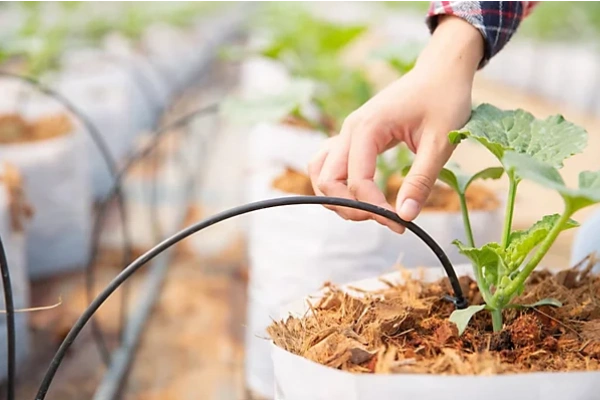
Subsurface drip irrigation has become one of my favorite technologies for water conservation in commercial greenhouses. The system buries drip lines 6-12 inches below the soil surface, delivering water and nutrients precisely where plants need them most. This placement encourages deeper root growth as plants seek moisture downward.
Unique advantages include minimal evaporation since water never reaches the surface. This can save 40-60% more water than surface drip systems. Weed growth decreases dramatically because the soil surface remains dry. I worked with a vegetable grower in arid Central Asia who reduced their herbicide use by 70% after switching to subsurface drip.
Root health improves through consistent moisture without wet-dry cycles that stress plants. The system promotes oxygen availability in the root zone, reducing root rot risks. In soilless cultivation, subsurface methods adapt to media beds where lines are embedded in growing substrates.
Water and fertilizer savings come from precise delivery that minimizes leaching. Nutrients stay in the root zone longer, increasing uptake efficiency. One client reported 30% fertilizer cost reductions while maintaining or improving yields.
Limitations include higher installation costs due to trenching requirements and potential rodent damage to buried lines. Clogging can be harder to detect and repair. I always recommend high-quality filters and periodic flushing systems.
Suitable crops include row vegetables like potatoes, onions, and corn that develop extensive root systems. It’s excellent for turf and landscape applications in greenhouses. In hydroponic adaptations, subsurface principles apply to deep water culture (DWC) where roots grow in nutrient-rich water solutions.
Implementation requires soil analysis to determine optimal burial depth. Sandy soils allow deeper placement, while clay soils need shallower installation to avoid waterlogging. Automation with soil moisture sensors ensures precise control.
In humid Southeast Asian climates, subsurface drip reduces fungal disease risks by keeping foliage and soil surface dry. I’ve seen operations where this technology extended crop cycles and improved overall plant vigor through better root development.
What About Mobile vs. Fixed Sprinkler Systems: Automation Levels and Coverage Uniformity?
Fixed irrigation ties you to one setup, while mobile systems offer flexibility but demand more management. Choosing between them affects your daily operations significantly.
Mobile sprinkler systems provide flexibility with 70-90% coverage uniformity at lower initial costs, while fixed systems offer higher automation and 90-95% uniformity but require greater upfront investment.
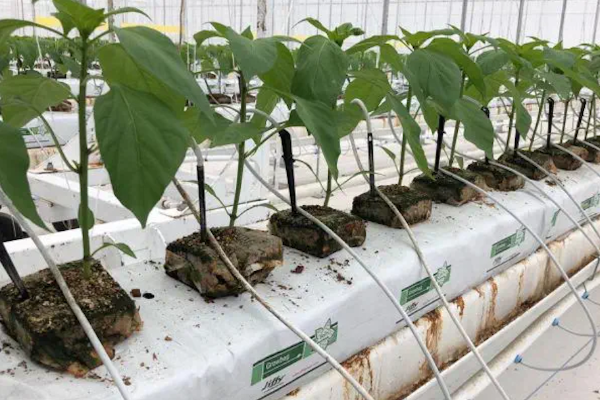
Mobile sprinkler systems include portable units like traveling irrigators or hose-reel systems that can be moved between greenhouse sections. They offer flexibility for varying crop needs and are cost-effective for smaller operations. Automation levels are basic, often requiring manual repositioning, but some models feature programmed paths.
Fixed sprinkler systems are permanently installed with pipes and nozzles throughout the greenhouse. They provide consistent coverage and high automation through timers and sensors. Coverage uniformity reaches 90-95% with proper design, making them ideal for large-scale production.
Advantages of mobile systems include lower initial costs and adaptability to changing layouts. They suit research institutions testing different crops. Fixed systems excel in automation, integrating with climate control for precise scheduling.
Limitations for mobile include labor for movement and potential uneven coverage if not managed well. Fixed systems have higher installation costs but lower long-term labor needs.
Suitable applications: Mobile for diverse crop rotations, fixed for monoculture operations like tomato houses. In hydroponics, fixed systems adapt to ebb and flow methods where water floods trays periodically.
I installed a fixed system for a European client that integrated with their fertigation setup, achieving 25% yield increases through precise delivery. Mobile systems work well in Central Asian greenhouses with variable water availability.
Coverage uniformity depends on nozzle spacing and pressure control. Fixed systems maintain better consistency, while mobile requires careful operation.
Conclusion
Selecting the right irrigation technology from these six options depends on your crops, budget, and growing method to maximize yields and resource efficiency.

